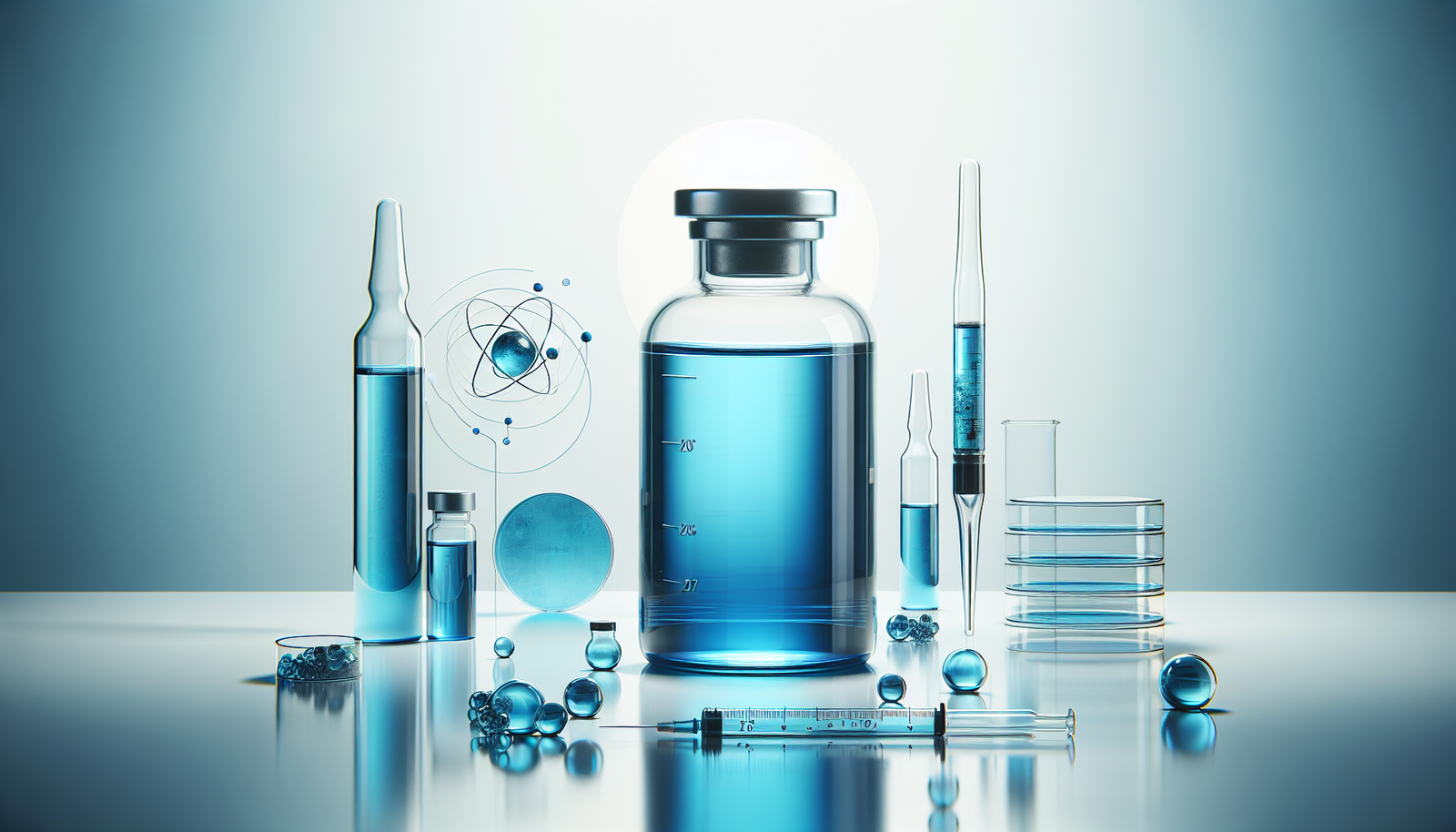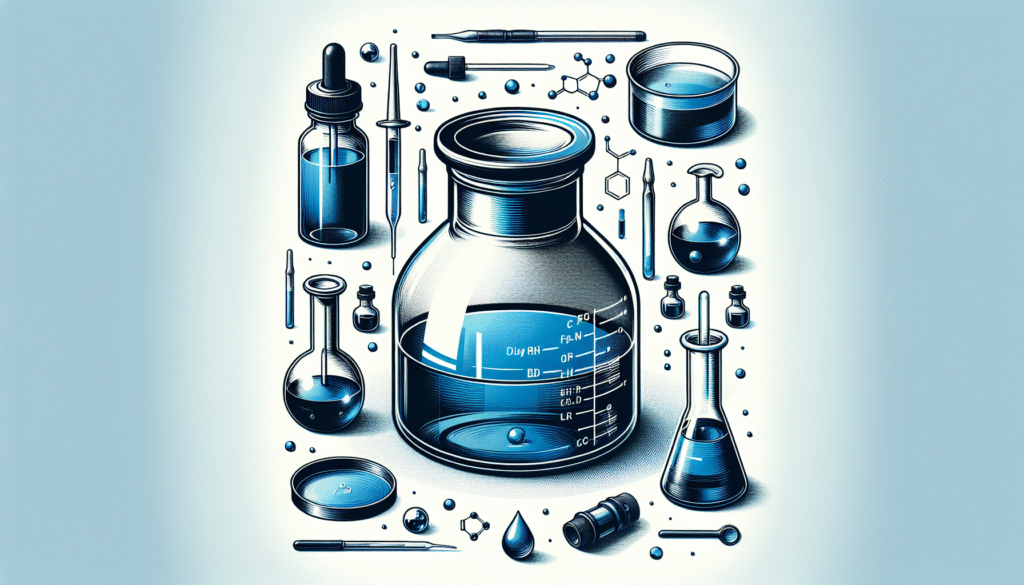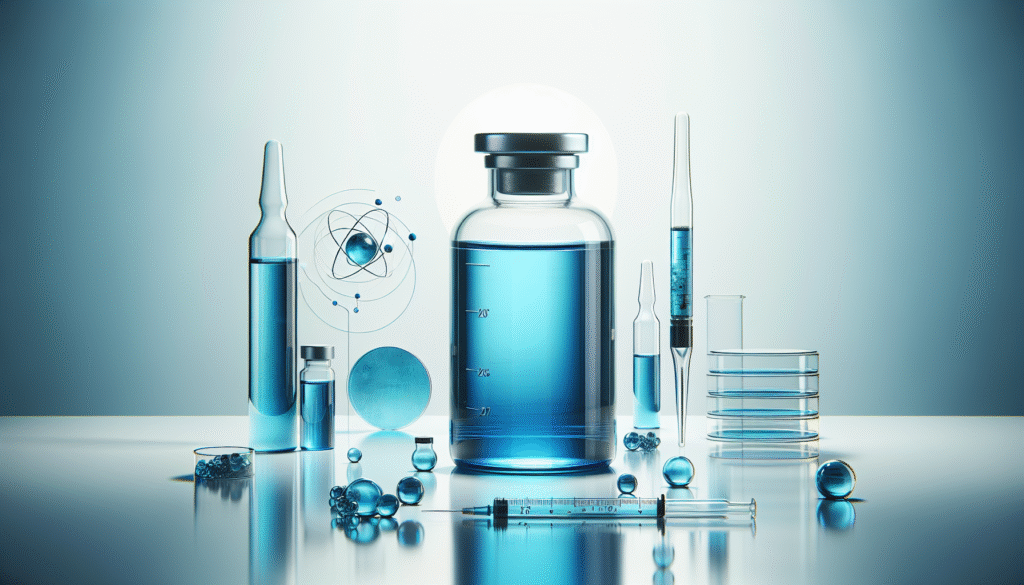
Have you ever considered the versatile applications of Methylene Blue? This chemical compound, known for its vibrant blue color, has found its place in various fields, from medicine to biology and even art. Understanding the most popular methods for using Methylene Blue can significantly enhance how you approach its practical applications.
Understanding Methylene Blue
Methylene Blue is an organic compound with the molecular formula C16H18ClN3S. Originally synthesized in the late 19th century, it served primarily as a dye. Over the years, researchers have discovered numerous properties and potential applications, including its use as a medication for certain health conditions and as a redox indicator in laboratories.
The compound exhibits interesting electronic properties due to its ability to accept and donate electrons, making it useful in various settings.
Chemical Properties
Methylene Blue is a thiazine dye that exhibits distinct properties, including:
- Appearance: Its rich blue color makes it visually striking.
- Solubility: It is soluble in water and alcohol, which facilitates its use in various applications.
- Stability: The compound remains stable under normal conditions, but it is sensitive to light and can degrade when exposed.
Understanding these properties is crucial when considering Methylene Blue for different applications.
Medical Applications of Methylene Blue
The medical community has embraced Methylene Blue for its various therapeutic properties. Its applications range from treating specific conditions to acting as a diagnostic agent.
1. Treatment of Methemoglobinemia
Methemoglobinemia is a condition in which hemoglobin is oxidized, rendering it unable to transport oxygen effectively. Methylene Blue acts as a reducing agent, converting oxidized hemoglobin back to its functional form.
- Dosage and Administration: Typically administered intravenously, the usual dose ranges from 1-2 mg/kg, depending on the severity of the condition.
- Effectiveness: Clinical studies have shown that Methylene Blue can rapidly improve oxygenation levels in patients with methemoglobinemia, often within minutes of administration.
2. Antidote for Certain Poisonings
Methylene Blue has potential efficacy as an antidote for various types of poisoning, particularly those involving oxidizing agents such as nitrates and aniline dyes.
- Mechanism Action: By replenishing the body’s reduced glutathione levels, Methylene Blue helps neutralize the oxidative stress induced by these toxic compounds.
- Usage Protocol: Healthcare providers typically consider this option in emergency settings, particularly where rapid response is crucial.
3. Antimicrobial Properties
Recent studies have explored Methylene Blue’s antimicrobial properties, particularly concerning bacterial and viral infections.
- Application in Infections: Its ability to disrupt microbial cell walls makes it a candidate for treating infections, particularly when combined with light exposure (photodynamic therapy).
- Research Developments: Ongoing research continues to investigate the potential for Methylene Blue in mitigating biofilm formation, a crucial aspect of chronic infections.

Laboratory Uses of Methylene Blue
In laboratory settings, Methylene Blue is used extensively due to its unique chemical properties.
1. Redox Indicator
One of Methylene Blue’s most recognized laboratory applications is as a redox indicator during titrations.
- How It Works: Methylene Blue changes color as it transitions between its oxidized and reduced forms. This property is useful for visualizing the endpoint of reactions.
- Application Context: Commonly used in redox titrations to assess various compounds, including those in water samples.
2. Staining in Microscopy
In histology and microbiology, Methylene Blue is utilized as a stain to enhance the visibility of cellular structures.
- Cell Staining: The dye reacts with nucleic acids, making it particularly effective for staining nuclei in cells.
- Protocol Considerations: Optimal staining requires careful adherence to protocols to minimize background staining and enhance clarity.
3. Detection of Biomolecules
Methylene Blue has also gained traction in biochemistry as a reagent for detecting certain biomolecules.
- Practical Applications: It can serve to visualize certain carbohydrates and proteins during gel electrophoresis.
- Benefits: The high sensitivity of Methylene Blue allows for detection at lower concentrations compared to other staining agents.
Industrial Applications of Methylene Blue
Beyond medical and laboratory uses, Methylene Blue extends its reach into industrial applications.
1. Dyes and Pigments
Historically, Methylene Blue was first synthesized to serve as a dye. To this day, it finds uses in textile production.
- Textile Dying: Its vibrant blue pigment allows it to impart color effectively to fabrics and fibers.
- Environmental Considerations: As industries face increased scrutiny on environmental impacts, Methylene Blue’s synthetic nature poses questions regarding sustainability.
2. Photography
Photographic developers sometimes utilize Methylene Blue because of its ability to act as a color sensitizer.
- Process Involvement: It assists in creating photographs by increasing the sensitivity of the photographic emulsions when they are exposed to light.
- Artistic Exploration: Photographers experiment with Methylene Blue to create unique effects, navigating the line between technique and artistry.

Agricultural Applications of Methylene Blue
Methylene Blue’s applications reach beyond laboratory and medical environments and extend into agriculture.
1. Aquaculture
One of the most promising uses of Methylene Blue in agriculture is its application in aquaculture.
- Disease Prevention: It is sometimes used to mitigate fungal infections in fish eggs, promoting healthy development.
- Water Quality: Methylene Blue may also play a role in monitoring water quality by testing for the presence of bacteria or other pathogens.
2. Soil Enhancement
Research indicates that Methylene Blue may have potential applications in soil remediation.
- Mechanism of Action: The dye can assist in binding heavy metals and pollutants, potentially reducing their bioavailability in contaminated soils.
- Research Implications: This avenue remains largely experimental, but early studies suggest it could contribute to cleaner soil conditions.
Safety and Handling of Methylene Blue
Handling Methylene Blue requires caution due to its potential effects on health and the environment.
1. Toxicology
While Methylene Blue is generally considered safe at therapeutic doses, excessive exposure may lead to health issues.
- Possible Side Effects: Users may experience side effects, including nausea, vomiting, and allergic reactions.
- Precautionary Measures: Individuals handling Methylene Blue should wear appropriate protective gear, including gloves and eye protection.
2. Environmental Impact
Concerns regarding Methylene Blue’s environmental impact are emerging, particularly in industrial settings.
- Waste Disposal: Proper disposal methods must be following to minimize any ecological risks.
- Regulatory Compliance: Compliance with environmental regulations is essential for industries to ensure safe usage.
Conclusion
Methylene Blue is a multifaceted compound with a myriad of applications spanning medicine, industry, and agriculture. Understanding its popularity and potential uses provides insight into why it has remained relevant for over a century. As research continues to unfold, the compound’s versatility may reveal even more exciting applications in the future.
By familiarizing yourself with Methylene Blue’s properties and established uses, you equip yourself with knowledge that can impact diverse fields, ranging from healthcare settings to industrial processes. The continued exploration of this compound not only highlights its importance but also its potential for future advancement.